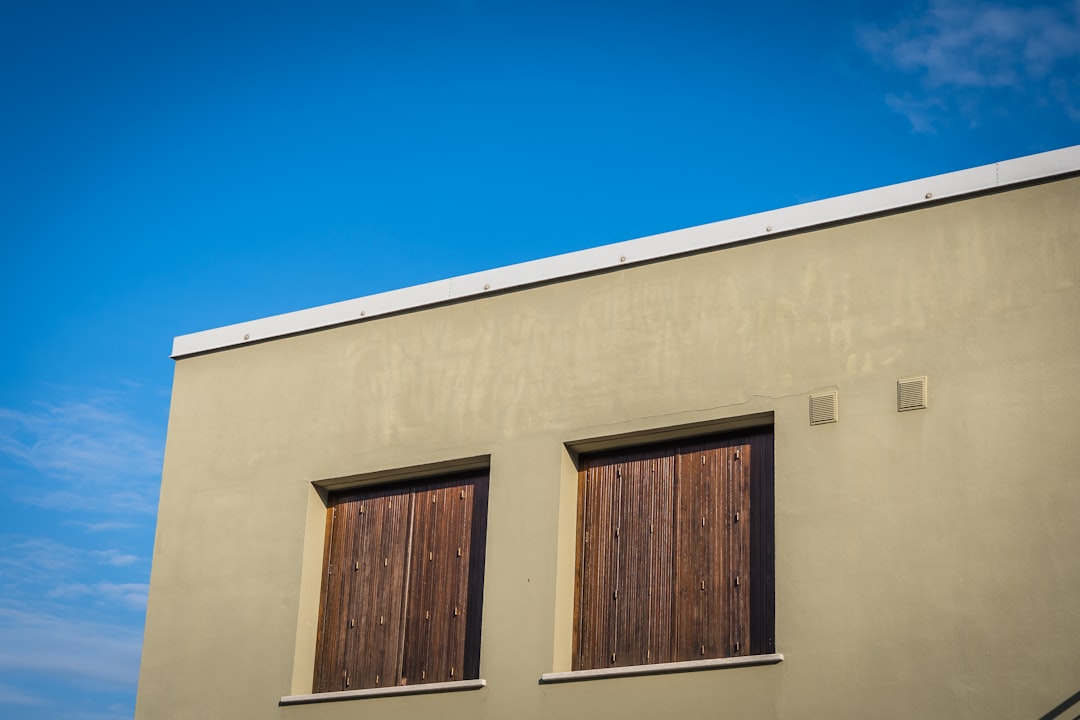Portland Shutters: A Complete Residential Guide
Portland shutters are essential for protecting windows from harsh coastal weather while adding New England charm. CountBricks provides an in-depth guide to help you specify, price, and install Portland shutters with confidence. Installation costs range from $210 to $1,050 per pair, depending on materials and customization.
Why Shutters Matter in Portland’s Climate
Portland experiences nearly 50 inches of precipitation annually, along with salty winds and intense sun. Proper shutters safeguard windows and enhance comfort.
- Deflect rain and debris
- Reduce solar heat gain
- Provide thermal buffer in winter
- Reinforce historic aesthetics
The CountBricks AI Estimating Advantage
Traditional takeoffs are manual and time-consuming. CountBricks' AI simplifies this process, providing instant, accurate estimates.
- Describe your project
- Receive material and labor quantities
- Review real-time pricing
- Export quotes or invoices
- Book installers through CountBricks.com
Choosing the Right Portland Shutters
Material Options
Wood: Mahogany or cedar, factoring in local mill rates.
Composite: PVC and wood blend for low maintenance.
Aluminum: Lightweight and corrosion-resistant.
Style Considerations
- Louvered for Colonials
- Raised-panel for foursquares
- Board-and-batten for cottages
- Bahama for waterfront properties
Case Study: Maple Street Craftsman Revival
Using AI, CountBricks captured 18 openings from plans, recommending cedar and stainless hardware. The estimate was generated in 3 minutes with less than 1.8% cost variance.
Installation Best Practices
Site Preparation
- Verify alignment with laser level
- Seal wood edges with primer
- Flash window heads per code
Mounting Techniques
- Use stainless lag bolts
- Maintain a 0.25-inch reveal
- Anchor storm bars inside
Maintenance Tips for Long-Lasting Portland Shutters
- Recoat wood finishes every 3-5 years
- Rinse aluminum monthly
- Check hinge pins each spring
- Log tasks in the CountBricks portal
Budget Planning: What Do Portland Shutters Cost?
Based on CountBricks data:
- Vinyl pair: $210 – $280 installed
- Cedar pair: $550 – $720 installed
- Composite pair: $800 – $1,050 installed
Prices vary with tariffs and availability. For a live quote, visit CountBricks.com.
Integrating Shutters into a Broader Exterior Renovation
Bundle roof, siding, and shutter work to save costs. CountBricks AI optimizes task sequencing, reducing project duration by up to 18%.
Next Steps with CountBricks
Ready to specify your Portland shutters? Speak your vision, upload plans, or schedule a visit. CountBricks transforms ideas into precise estimates and schedules.
Start today at CountBricks.com.
Deep Dive: Selecting Shutter Materials for Coastal Maine
Choosing the right Portland shutters involves matching material performance to site conditions. CountBricks engineers explain the strengths and trade-offs of popular options.
1. Cedar: The Heritage Workhorse
- Natural oils repel insects and moisture
- Lightweight planks reduce hinge stress
- Accepts stains complementing cedar-shake siding
- Requires recoating every 3-5 seasons
2. High-Density PVC Composite: Low-Maintenance Leader
- Uniform color hides scuffs
- Matches vinyl windows to prevent binding
- Heavier; requires upgraded hinge plates
3. Powder-Coated Aluminum: Modern Coastal Armor
- Resists salt-air corrosion
- Thin profiles suit contemporary designs
- Specify thermal breaks where needed
Pro Tips from CountBricks Field Supervisors
- Order shutters 0.5 inches taller than window sash
- Submit shop drawings for approvals
- Mix materials for budget efficiency
Ready for a Custom Material Matrix?
Launch a voice session at CountBricks.com. Our AI will recommend a tailored shutter package with cost comparisons and lead times.

